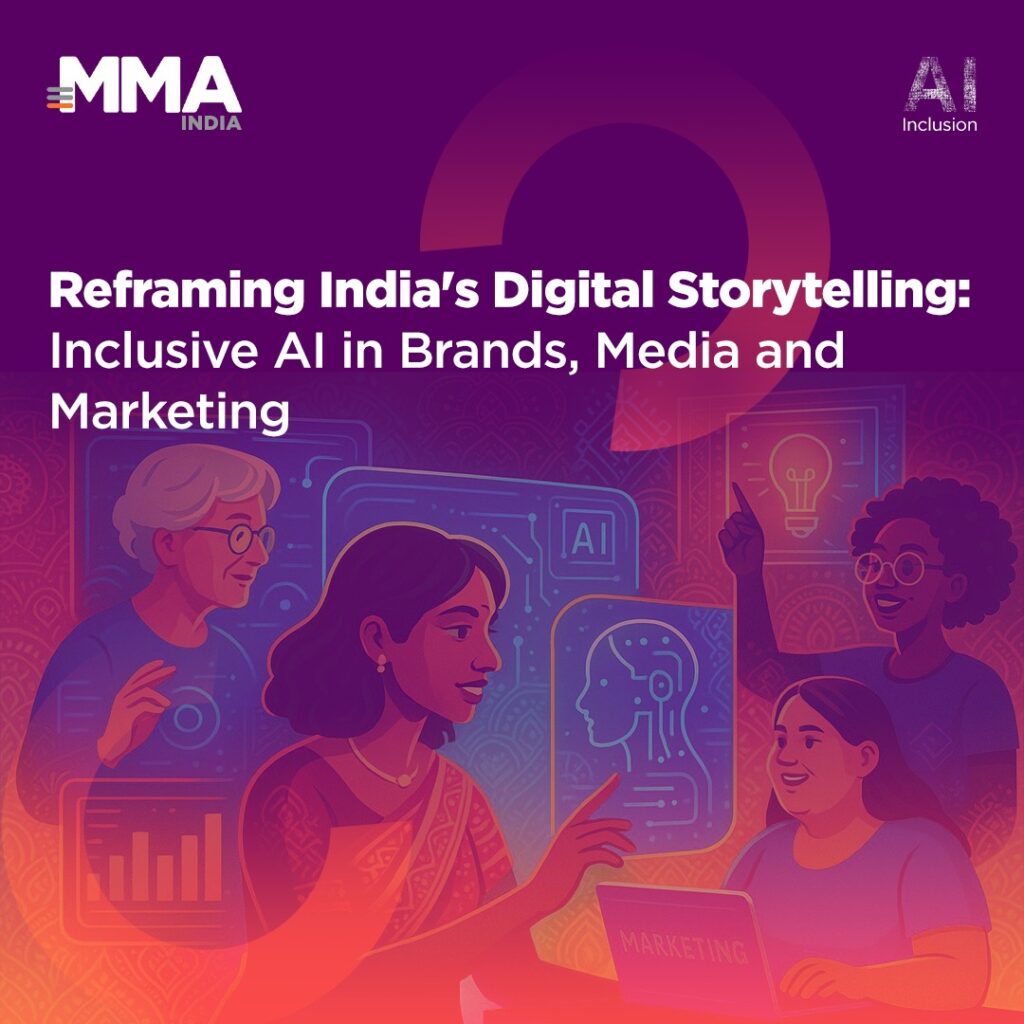
The digital advertising market in Southeast Asia is thriving, with ad expenditures valued at 4.7 billion dollars in 2024, showcasing the region’s rapidly evolving digital landscape brimming with opportunities.[1]
In such a fast-paced marketplace characterized by cultural diversity, effective ad targeting is crucial to enhance ad agility. By adapting their advertising strategies to meet evolving consumer behaviors and trends in real time, brands can stay ahead of competitors and achieve exceptional results.
How does AI-enabled Targeting Push Ad Agility?
By leveraging advanced artificial intelligence (AI), brands can conduct real-time, granular analyses of massive online datasets and pinpoint optimal audience segments. Segmenting audiences allows brands to deliver highly relevant ads to consumers tailored to resonate with their wants, increasing the likelihood of conversion and brand recall. This approach fosters stronger brand connections with potential customers and enhances ROIs.
In other words, AI-enabled ad targeting significantly streamlines and accelerates the advertising process, conferring a competitive edge on Southeast Asian brands.
Rise of Digital Media Consumption Trends in Southeast Asia
In Southeast Asia (SEA), the future of digital advertising has been growing and significantly influenced by the prevalence of mobile-first users. As a result, it increases the consumption of video content and a notable shift towards cross-device advertising.
Subsequently, programmatic advertising has played a pivotal role in ad growth and is expected to capture 77% of digital advertising market revenue in SEA by 2028.[2]
Programmatic advertising, facilitated by AI technology, offers precise ad targeting capabilities and real-time adaptability. It’s also enabling brands to deliver highly personalized ad content tailored to individual preferences across various platforms such as mobile and connected TV (CTV). Given the predominance of video content in contemporary media consumption, programmatic advertising offers contextually targeted sentiment analysis to align ad placements with relevant video at the optimal moment, thereby maximizing brand visibility and audience engagement.
Moreover, as consumers engage with multiple devices throughout their daily routines, it further enables brands to track and understand their cross-device journeys.[3] Therefore, it allows for the seamless delivery of cohesive and personalized ad experiences across smartphones, tablets, and desktops, ensuring consistency in messaging. Ultimately, the strategic use of AI in ad targeting and budget allocation across channels and audiences enhances user experiences and maximizes returns on digital marketing investments. This approach reshapes the benchmarks for digital media consumption in Southeast Asia.
Secondly, in today’s hyper-connected digital arena, Gen Z emerges as a highly engaging and responsive audience online. Capturing their attention requires a strategic and agile approach to digital advertising. They primarily favor a mobile-first approach and prefer short, interactive content online so as to effectively target this tech-savvy demographic.[4]
As a result, brands must tailor their online shopping experiences to align with Gen Z’s specific interests and preferences. By leveraging AI for valuable insights into Gen Z’s behavioral traits, brands can significantly enhance decision-making for successful marketing strategies.
In contrast with traditional advertising where authenticity, diversity, and inclusivity are valued in ad messaging. AI-driven ad targeting methods -lookalike, contextual, and interest-driven approaches- deliver real-time analytics that empower brands with the necessary tools to effectively and efficiently reach and engage with Gen Z. This strategic targeting ensures that brand messages are timely, relevant, and able to captivate and sustain Gen Z’s attention in a dynamic media landscape.
Conclusion
AI-enabled targeting transforms advertising agility in Southeast Asia, equipping brands to adapt to ever-changing market dynamics and consumer behaviors swiftly. Leveraging AI for marketing can be a transformative strategy for reshaping advertising. According to a Google survey, 45% of brands experienced enhanced ad agility through AI marketing partnerships.[5]
It emerges more prominent owing to the rise of digital media consumption in Southeast Asia, characterized by rapid internet penetration, a mobile-first audience, and the dominance of social media and video content. Moreover, the simultaneous growth of e-commerce, digital payments, and local content production, along with the surge in gaming and esports, has further fueled this trend.
“AI is not just a tool for the future; it’s already reshaping the present”.
[1] Digital advertising expenditure in Southeast Asia from 2019 to 2021 with forecasts until 2024. Statista.
[2] Southeast Asia Digital Advertising Market to Offer Revenue Opportunity Worth USD 22.15 Billion By 2032 | Astute Analytica (2024) Available on Yahoo.Inc.
[3] Capital One Shopping Research. (2024). Available on Omnichannel Statistics.
[4] See more on 2024 Gen Z Marketing and Engagement Report by Reach3.
[5] Where APAC stands in the AI marketing journey: 3 insights to help you get ahead. Available on Think With Google



















